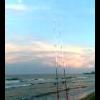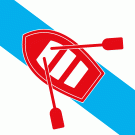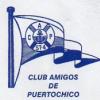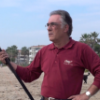como leer una playa
-
Contenido Similar
-
- 0 respuestas
- 68 visitas
-
pesca en las playas de la region de murcia. Que sitios son los mejores y que cebos utilizar
Por juan pesquero,
- 1 respuesta
- 540 visitas
-
- 4 respuestas
- 911 visitas
-
Hola, se puede pescar en las rocas del puerto del roc de sant gaieta, que dan hacia la playa del roc? Gracias
Por Alexis Vicente Prior,
- 0 respuestas
- 415 visitas
-








Posts Recomendados
Únete a la conversación
Puede publicar ahora y registrarse más tarde. Si tiene una cuenta, inicie sesión ahora para publicar con su cuenta.